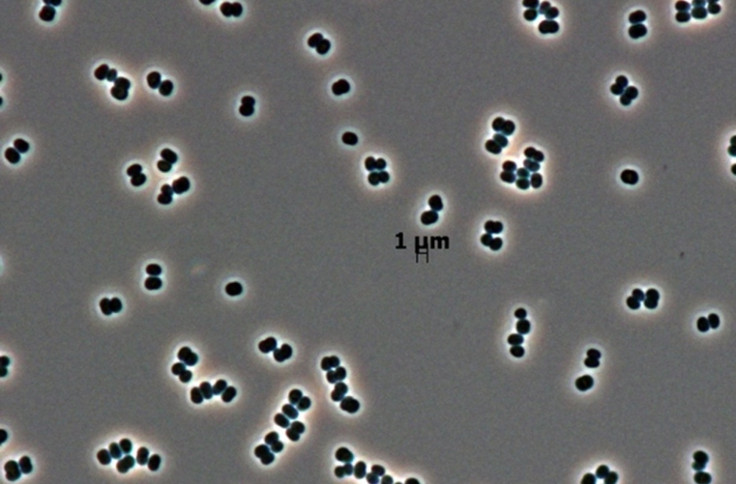Rare Species Of Microbe, Found In Spacecraft Clean Rooms, Eat Less But Stay Strong

Scientists have been surprised to find a recently discovered rare species of microbe, which can survive on very little to eat, in two of the cleanest places on Earths, but nowhere else on the planet until now. The bugs were found in spacecraft clean rooms more than two thousand miles apart from each other.
Microbiologists keep the spacecraft clean room as bug-free as possible to see what kind of bacteria and other microbes can survive in such a harsh environment. According to scientists, microbes that can live in spacecraft clean rooms, withstanding stress such as drying, chemical cleaning, ultraviolet treatments and lack of nutrients, are the most potential ones to hitch a ride into space and contaminate study sites in space.
“We want to have a better understanding of these bugs, because the capabilities that adapt them for surviving in clean rooms might also let them survive on a spacecraft," Parag Vaishampayan, a microbiologist at NASA's Jet Propulsion Laboratory in Pasadena, Calif., said in a statement. “This particular bug survives with almost no nutrients.”
The species in question, Tersicoccus phoenicis, is a berry-shaped bacterium and is classified as not only a new species, but also a new genus because of its unique traits that don’t belong to any other known bacteria.
Its name is derived from “Tersi” from Latin for clean and “Coccus” from Greek for berry. The phoenicis part in the name is for NASA's Phoenix Mars Lander, the spacecraft that was being prepared for launch in 2007 when the mysterious microbes were first collected in the Florida clean room.
Although some other microbes were previously discovered in a spacecraft clean room, Tersicoccus phoenicis is the first species to be found in two different clean rooms, which are about 2,500 miles apart. One of the clean rooms was in a NASA facility at the Kennedy Space Center in Florida and the second was at a European Space Agency facility in Kourou, French Guiana.
"We find a lot of bugs in clean rooms because we are looking so hard to find them there. The same bug might be in the soil outside the clean room but we wouldn't necessarily identify it there because it would be hidden by the overwhelming numbers of other bugs,” Vaishampayan said.
According to him, Tersicoccus phoenicis could be found in some natural harsh environments such as a cave or desert with extremely low nutrient levels. For instance, the researchers recently identified another species of bacterium -- Paenibacillus phoenicis -- in a similar manner in a spacecraft clean room in Florida and inside a bore hole more than 1.3 miles deep in a Colorado molybdenum mine.
Scientists studying the new species of microbes hope that their research can help better understand possible ways to control the population of the bacteria in spacecraft clean rooms while fully sequencing its DNA.
© Copyright IBTimes 2024. All rights reserved.






















